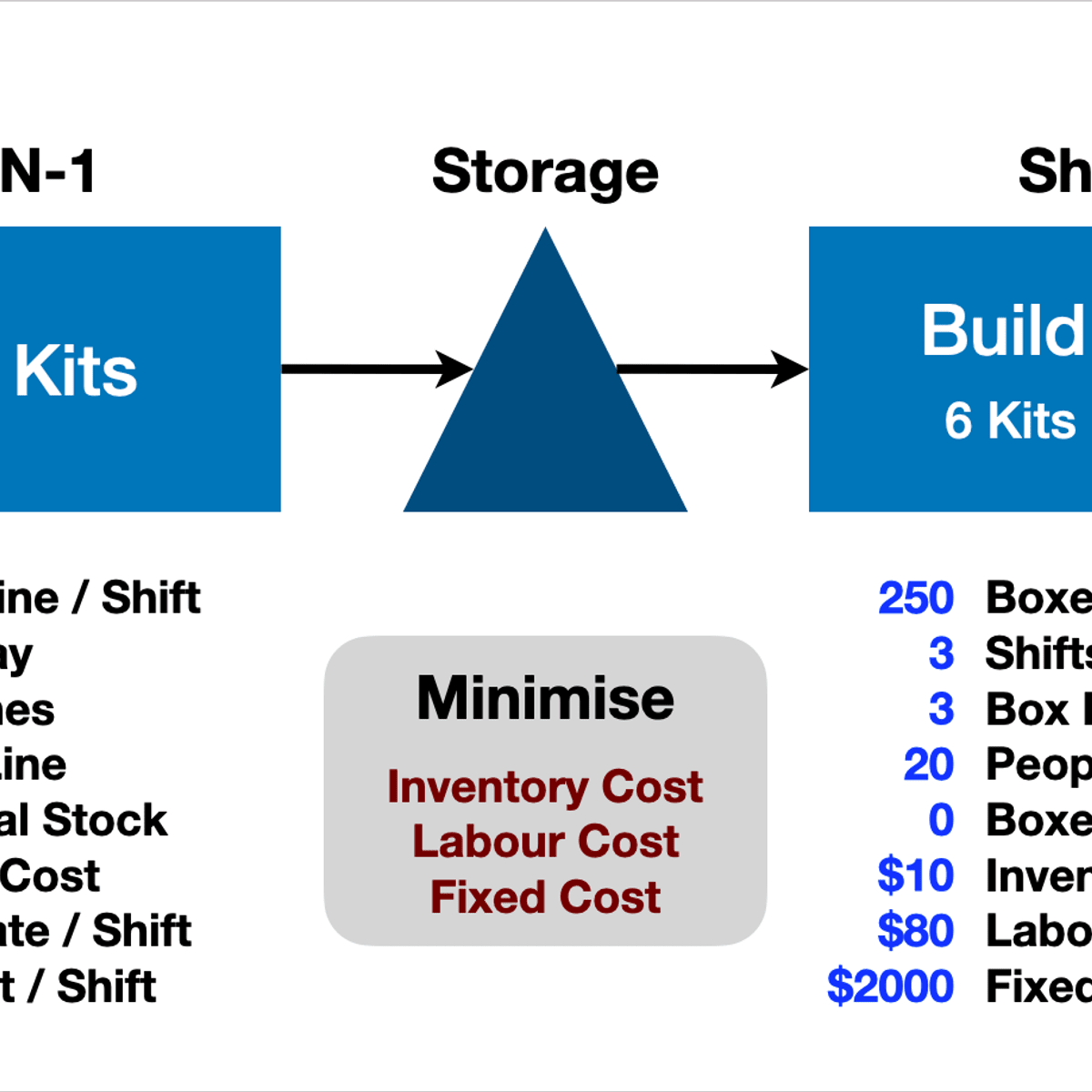Back to Courses









Business Strategy Courses - Page 45
Showing results 441-450 of 543

How to Set a Budget and Schedule for Your Facebook Ads
At the end of this project, you will be able to strategically use your budget and ads for your social media strategy on Facebook. This will allow you to attract your target audience. You will have learned to adjust your budget and advertisement to ensure reaching your goal. The goal to optimize your social media strategy with your budget and advertisement is to convince your customers of your products and to attract them to your products.

Create a Custom Marketing Analytics Dashboard in Data Studio
Google Data Studio is a powerful tool that turns data into reports that easy decision-making tools that lead to better business outcomes. Google Data Studio is easy to use, free and works seamlessly with dozens of applications within and outside of the Google Marketing Suite. You can use Google Studio to connect and integrate data from 100’s of applications including Facebook, Constant Contact, Google Ads, and more. You do not need an advanced background in data, statistics, or graphic arts to create meaningful reports that tell data stories, improve understanding of complex situations, and allow users of all skill levels to analyze data.
At the end of this project, you will learn how to create an account, how to navigate the platform, and will create a custom dashboard that will allow you to see the data you need to make business decisions. Together, we will explore the basics of business data and visualization and you will surprise yourself with how easy it is to understand and use data.
Note: This course works best for learners who are based in the North America region. We’re currently working on providing the same experience in other regions.

Creating Your Resume in Canva
In this 40 minute long course, you will learn how to create an account and a resume by using the website, Canva. Users taking this project will obtain the ability to create a job application ready resume using the webpage. We will go step by step through the process in this project. You will then learn about the resume options offered by Canva to assist you in the creation of your professional resume. We will explore the basics of how to set up your profile and download your ready to use resume to your computer. Some key learning objectives that we will review include creating your Canva account, and step by step instructions on creating your resume. We will expand your knowledge by learning how to download your resume in various formats and save to your PC.

Using Porter’s Five Forces Model for Competitive Analysis
By the end of this guided project, you will be able to use the Porter’s Five Force model to determine the attractiveness and profitability potentials of your industry. The Five Forces is a model that was drawn from industrial organization economics to identify and describe the fundamental economic forces that shape every industry. The five forces are competition in the industry, potential of new entrants, power of suppliers, power of customers, and threat of substitute products. These forces determine the intensity of competition and hence the attractiveness and profitability of an industry. Essentially, awareness of the five forces can help you to understand the structure of your industry, and therefore stake a position is that less vulnerable
For us to practically demonstrate how to use the framework to conduct analysis of an industry and make strategic decisions, we will analyze an energy services company as a case study. Example of the case study would empower you with the skillset to apply the model to your company or any other company of your choice. Porter’s Five Forces model can be used to determine the viability of a new business, or to evaluate growth potential for an existing business. The project is for strategist, business leader, and entrepreneurs that want to determine the competitiveness of their companies

Innovation Management
In this course you will learn how organizations manage the development of new products and services. We will go over the main tools used to manage innovation projects, how to develop radical innovations, and how to leverage external partnerships to develop novel solutions. Unlike most innovation courses, our focus will be on the practical and managerial side of innovation. By the end of this course, you will be able to understand how organizations manage innovative projects and how you can do it in your own organization.

Two Stage Production System Optimization With R lpSolveAPI
Two Stage Production System Optimization With R lpSolveAPI

Strategy Implementation
Even a thoroughly developed business strategy may fail if you don't pay enough attention to its implementation. This rings particularly true with strategies based on innovation or implemented in complex or fast-changing environments.
In the 20th century successful implementation leveraged stability and typically proceeded through hierarchy and control. Today the key is to stay vibrant and able to quickly respond to trends in competition and technology while not losing sight of the strategic objective. In this course we'll build a toolbox of techniques to execute today's business strategies to help them succeed.
After completing this course, you'll be able to:
- Create objectives and goals to guide strategy implementation
- Identify organizational structures that fit particular strategies
- Understand how to leverage company culture in implementation
- Describe how to communicate the strategy so that the organization "gets" it
- Detect and mitigate risks to implementation

Game-Theoretic Solution Concept with Spreadsheets
In this 2-hour long project-based course, you will learn how to use 2 Game-theoretic decision rules: Maximin strategy, Minimax strategy, and the solution concept, Nash Equilibrium. You will be familiarized with key terminologies in Game Theory and learn the underlying computation mechanism of each method to solve problems. Also, you will be solving higher order payoff matrices using custom spreadsheet based solution template (one for each method) and learn to interpret the results.
Note: This course works best for learners who are based in the North America region. We’re currently working on providing the same experience in other regions.

Set Your Right Strategy with SPACE Matrix Analysis
By the end of this guided project, you will be able to analyze, and set the right strategic direction for your organization using the Strategic Position and Action Evaluation (SPACE) Matrix. SPACE Matrix is a strategic management tool that focuses on strategy formulation especially as it relates to competitive position of an organization. The axes of the matrix represent two internal dimensions ―Financial Stability (FS) and Competitive Advantage (CA), and two external dimensions―Environmental Stability (ES) and Industry Attractiveness (IA). Essentially, the four-quadrant framework indicates whether aggressive, conservative, defensive, or competitive strategies is the most appropriate for a given organization. We will use spreadsheet to sketch and analyze the framework to determine the best strategic position for our organization. Also, we will use an energy services company to practically demonstrate how the model works, as we analyze the company with the matrix. The project is for business leaders who want to set strategic direction for their organizations given the operational and environmental conditions they have to contend with. Also, for strategist who are interested in helping organization in making informed strategic decisions. At the end of the project, you will be able to design, analyze, and create a competitive advantage for your organization using the SPACE Matrix
Infonomics II: Business Information Management and Measurement
Even decades into the Information Age, accounting practices yet fail to recognize the financial value of information. Moreover, traditional asset management practices fail to recognize information as an asset to be managed with earnest discipline. This has led to a business culture of complacence, and the inability for most organizations to fully leverage available information assets.
This second course in the two-part Infonomics series explores how and why to adapt well-honed asset management principles and practices to information, and how to apply accepted and new valuation models to gauge information’s potential and realized economic benefits. In addition, the course will enlighten students on the critical but confounding issues of information ownership, property rights, and sovereignty. The course will wrap up with an overview of emergent roles for the information-savvy organization of the 21st century.
Popular Internships and Jobs by Categories
Browse
© 2024 BoostGrad | All rights reserved


